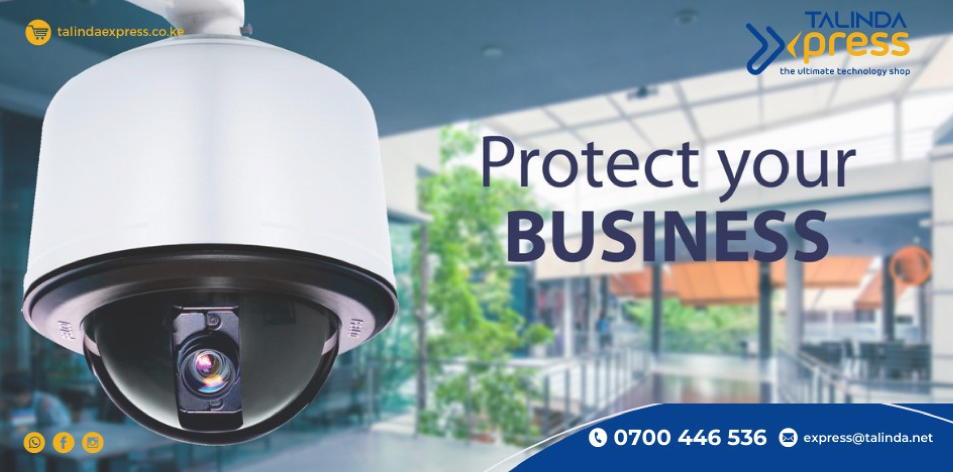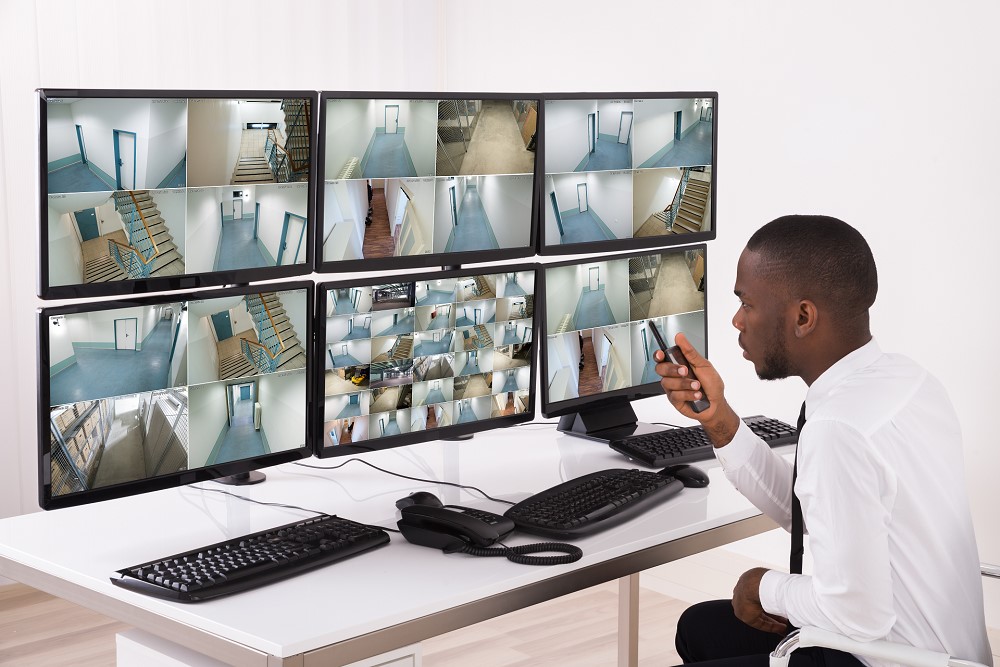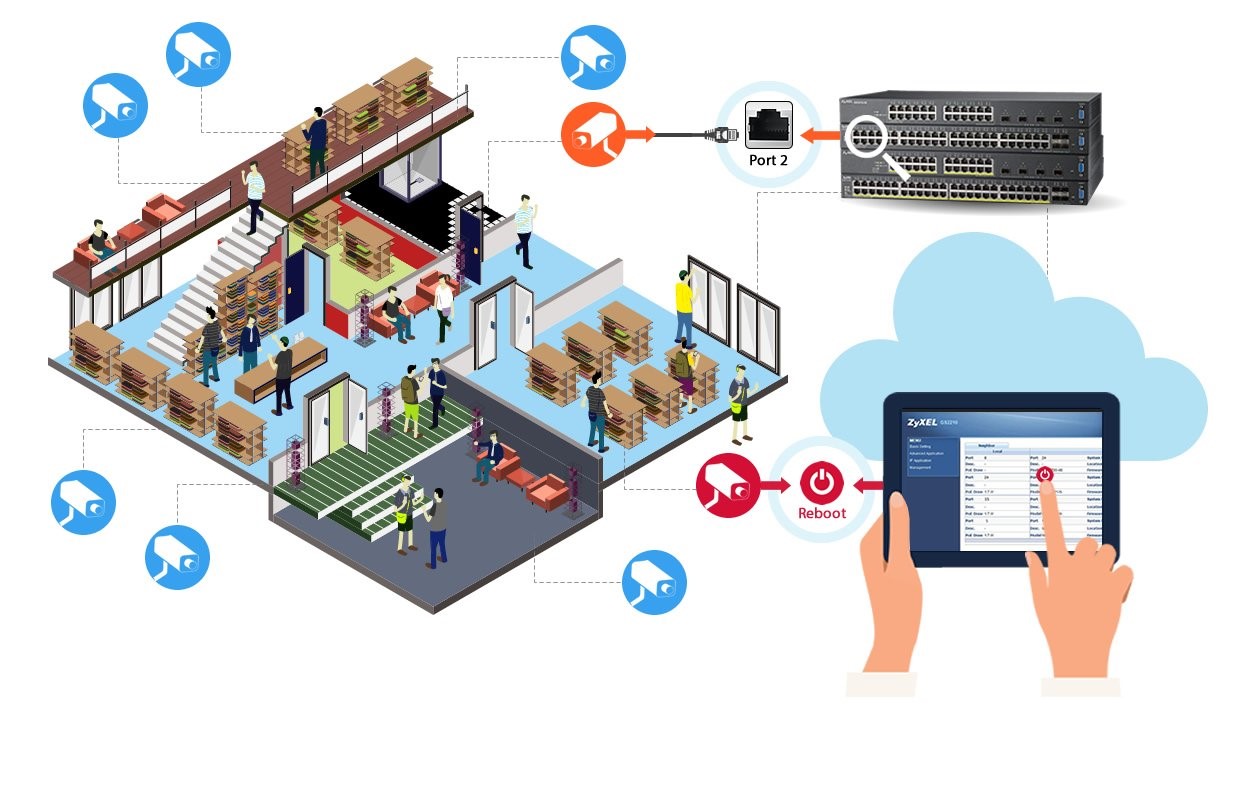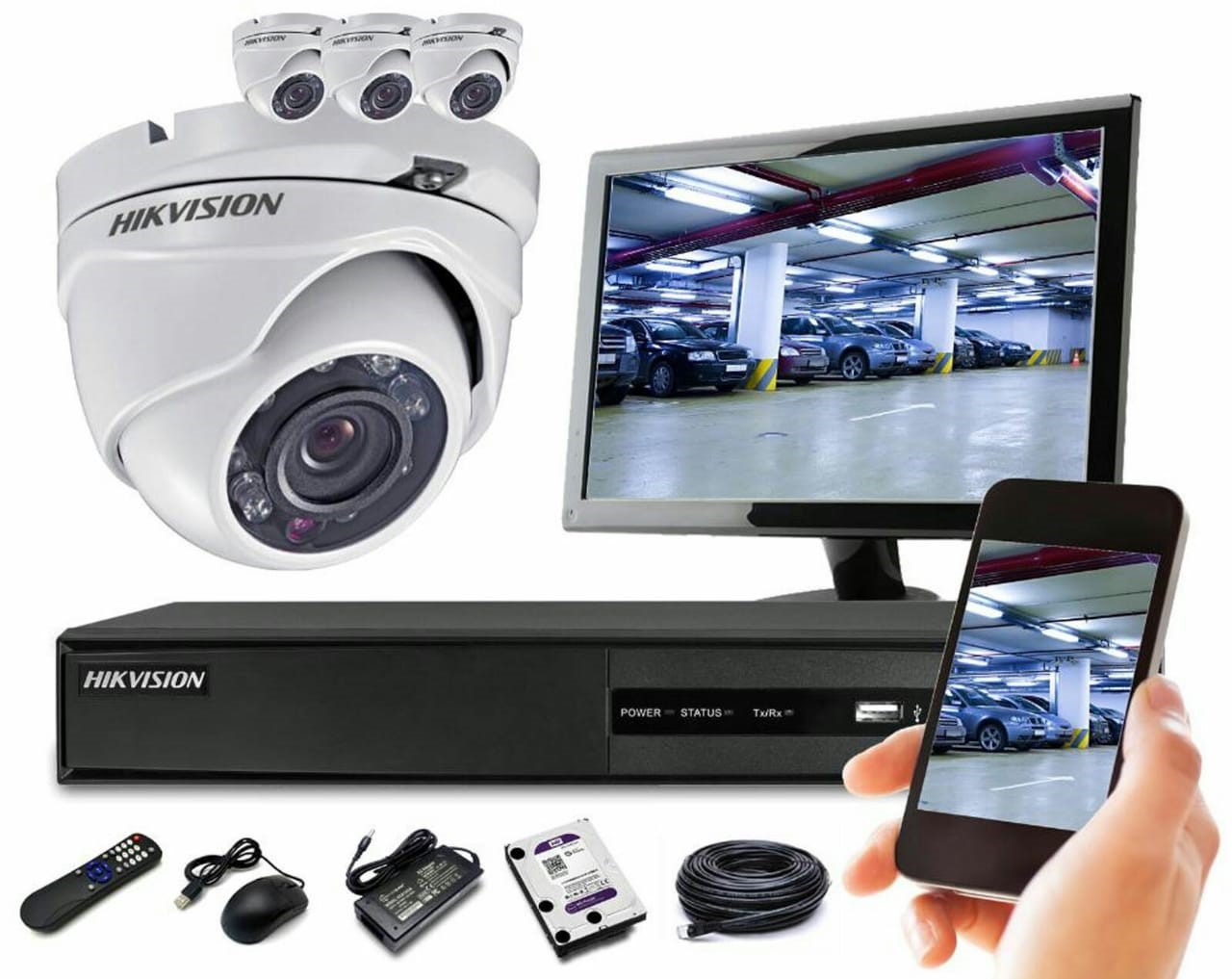
Talinda Express: Protect and Monitor your Business 24/7 with Talinda’s advanced security surveillance solutions
 TALINDA EXPRESS
TALINDA EXPRESS
the ultimate technology shop
Protect and Monitor your Business 24/7 with Talinda’s advanced security surveillance solutions

Every day security needs vary. Talinda Express designs, tailors and supplies surveillance cameras to meet varying requirements from video surveillance, to content analytics and more. We render quality images across different lighting condition.
Types of video surveillance storage in security
There are three types of video surveillance storage systems. Namely: DVR – Digital Video Recorder, NVR – Network Video Recorder and Hybrid. DVRs work with analog cameras, while NVRs work with IP cameras.
Analogue CCTV system
Using analog CCTV camera, they record images to a digital recorder DVR converting the video to digital format. The DVR has to be connected to a router or screen monitor to view video so as to broadcast via an internal network and provision remote access. Shop here
Cheaper Cost
Analog cameras often cost relatively lower than their IP counterparts per camera.
Simplicity
For many IT technicians, a DVR is easier to deploy and understand as it is more straightforward in terms of installation into the system.

Lower Bandwidth needs
Video files collected in DVRs tend to be smaller since they are transmitted to the DVR over coax cables instead of via LAN network. Transmitting the images does not spend much bandwidth in your network. Moreover, DVRs often only transmit information and use bandwidth when admins view the video thus not constantly.
IP surveillance system
According to research, IP surveillance is the networked and digitized version of CCTV. An IP camera records footage into the IP surveillance system, the video content is distributed over an Internet Protocol (IP) network and stored in an NVR.
In reality we live in a high definition HD world with more companies, businesses and homes increasingly upgrading their CCTV and IP surveillance systems. While both are quite popular, IP provides a longer term solution for your security needs. View more

Advantages of IP Surveillance system
More superior image quality
You may ask, is image quality and resolution all that matters? Well in most instances it is especially in the modern age when you want to achieve positive identification. Analogue systems are common in many start up and mid class residential flats but they often capture poor quality images that are useless for retrieving details like face recognition.
The greatest advantage feature in IP is the megapixel which is a much higher picture resolution. Talinda Express catalog includes IP cameras from 2 to 12 megapixels. Analogue systems feature a lower resolution for their similar cost IP alternative
NVRs are a common staple in the IP surveillance system. The high resolution attained in IP cameras is retained by the NVR meaning you enjoy equal level of details when you play back recorded footage as in the live image. With resolutions higher than 2MP, you have the ability to zoom in prerecorded images without pixelating the images which is common in low resolution. This makes it easier to identify foreign threats, read vehicle license plates or focus on specific details.
In the past, DVRs would record in CIF or 4CIF which is the same level of detail as in a non-HD TV. To get resolution that is at the same level as full HD TV or higher, you will require at least 2MP camera. Consequently, achieving 4K image quality requires cameras at 8MP resolution or higher.
Wider area coverage
IP cameras with their high resolution cover a wider area than analog camera. Ideally, one IP camera covers the same area you will need up to 4 analog cameras to cover. Therefore, in as much as a single analog camera is cheaper than one IP camera, in certain instances, an entire analog system with full equipment may be more expensive than its IP surveillance system counterpart.

Cabling
Since analogue CCTV cameras have to be connected to the power as well as the DVR, cables are a constant feature and thus tend to incorporate a lot of wiring. Additionally, coax cables are higher priced than Cat 5 and Cat 6 used in digital surveillance systems.
Alerts and notifications
IP surveillance are capable of connecting to emails so that admins can get alerts sent to them automatically in case any anomalies are detected.
Remote access
Unlike using analog CCTV systems, IP has improved ability of being integrating into a mobile or web application. Thus anyone in the network can view the video live from any camera connected to the network, or even view previously recorded footage.
Powerful search functions
IP system with NVR provide playback and search functions that are more superior than analog DVR. With advanced NVRs, where they are installed if an object goes missing, you can just draw a box in that space the object was in so the NVR automatically searches activity in the area. In the case of license plate cameras, which read and record the number plates into a database, admins can do vehicle searches, create automatic updates like automatic gate passes for when specific cars are seen.

Easy scalability and expansion capabilities
Easily IP cameras can be wired to the network switch allowing it to use the existing network infrastructure and send the signal to the NVR. The cameras are integrated to the network allowing unlimited expansion as long as the NVR has enough available ports. IT teams can install and configure the settings and duplicate to any new additional camera making the system easy to expand when the need arises.
Learn More About Our IP Camera Surveillance Systems
Learn More About Our Analog CCTV Cameras
Location:
Kabarnet Road, off Ngong Road, Nairobi Kenya
Contact Us:





